
The Best Books You’ve Never Heard of: Winter 2020
This has been a reading year like no other. For some people, it meant reading more than ever before, while for others, concentrating on a book has been almost impossible. I’ve had to face the sad truth that even if my library is closed and I am unemployed for weeks at a time, I somehow still won’t get through my own TBR. Still, because this year has been so strange, a lot of us have seen our reading routines shaken up—sometimes for the best! Maybe this was the year that you finally got to the books that have been gathering dust on your shelves. Perhaps your library opened back up and you celebrating by picking up a dozen books based on the covers alone. You might even have finally tackled that weird or intimidating book that you’ve been putting off for years. In any case, 2020 was the perfect time to discover some obscure books.
The Best Books You’ve Never Heard of is the feature where we highlight books that don’t get the attention they deserve. These are the little-known gems that maybe didn’t have a giant publicity budget behind them, but are still worth your time. Whether they’re hyper specific subjects, published by a micropress, or are quiet, thoughtful novels, they are well worth seeking out. As much fun as it is to hop on the bandwagon of the latest book club favorite, here at Book Riot, we also relish the chance to discover a brilliant story that is not as well known.
How obscure are you reading tastes? You can find out by going to your Goodreads Read shelf and selecting sort by “Num ratings” on the white bottom bar. Then, switch to “Ascending.” For our purposes, we draw the line at 250 Goodreads ratings or fewer. How many books have you read that are under that line?
Enough preamble: let’s get into the books!
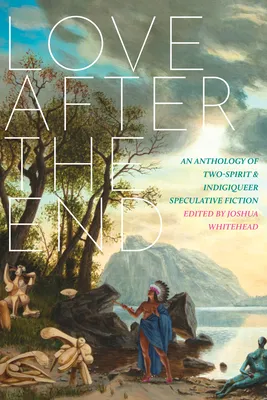
Love After the End: An Anthology of Two-Spirit and Indigiqueer Speculative Fiction Edited by Joshua Whitehead
As I was reading Love after the End, I was reminded just how colonialist SFF often is as a genre, whether it’s about “conquering new worlds” and literally establishing colonies, centring Medieval England in fantasy stories, or just holding up white, straight, cis, male protagonists as the heroes. This collection is such a refreshing change of perspective. These stories include a relationship with the land that isn’t common in science fiction stories. They assume a greater responsibility for protecting the Earth than I’m used to from a dystopia. The question of whether to stay on a planet that’s been destroyed by (white, wealthy) human activity is very different here than in a typical white space travel story. There’s also an M/M romance story between a teenage boy and an AI who is also a cyber-engineered super-intelligent rat! —Danika Ellis
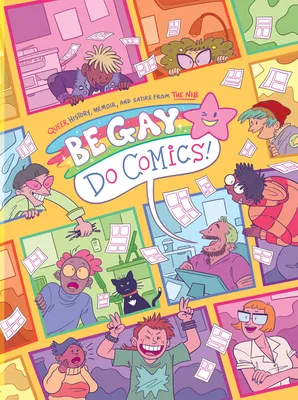
Be Gay, Do Comics!: Queer History, Memoir, and Satire from the Nib Edited by Matt Bors
Be Gay, Do Comics is an anthology with more than 30 contributors, all discussing some aspect of queer life. This was a refreshingly diverse and thought-provoking collection. Most anthologies in this vein that I’ve read have played it pretty safe: they’ve usually been very white, and mostly focused on gay cis men, with the overarching message being one of acceptance. This collection covers a wide range of topics from a lot of different voices, including many artists of color and trans artists, and includes comics about queer liberation and resisting assimilation. I was especially interested in the comics that looked at queer history and culture that is lesser known, including looking at gay characters in Puerto Rican TV shows, comparing that to the history and present state of LGBTQ rights in Puerto Rico. Another explores how LGBTQ people have been treated in the Philippines, pre-colonialism up to the present. There is also a comic including interviews from queer parents raising kids in Malaysia. As with all anthologies, there were some comics I enjoyed more than others, but I didn’t find any entries weak or out of place. I’m happy to see that queer anthologies are expanding to be a little more challenging and diverse than they were just a handful of years ago. —Danika Ellis
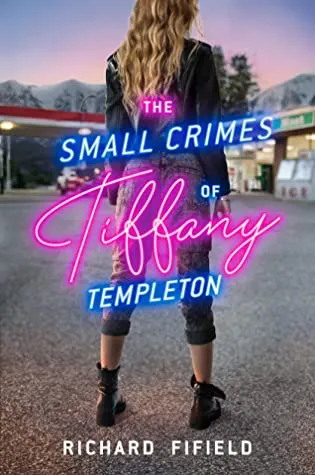
The Small Crimes of Tiffany Templeton by Richard Fifield
In this young adult novel, coming-of-age takes center stage in the form of Tiffany Templeton. In the story, Tiffany showcases a tough exterior, manifested in wearing dark leather jackets that are all too big for her and preferring the color black. Known in her small Montana town as Tough Tiff, she gravitates through her days trying to live down a shoplifting scandal and arrest. When she comes back home from this, she’s kept under the watchful eye of her mother and has to meet a probation officer once a month, as well as deal with the emotions that come with grieving her father’s death. The book is filled with a slight dark tone, yet also dances with hope as Tiffany grapples with coming back to a place that might have a certain view of her that’s no longer true, as well as a cast of characters that shape her life. The Small Crimes of Tiffany Templeton might as well be the sleeper YA book that you’ve never heard of but should definitely add to your TBR as soon as possible, for it is full of lessons and promise, and we learn so much about Tiffany, and at times, relate to her struggles. —Aurora Lydia Dominguez
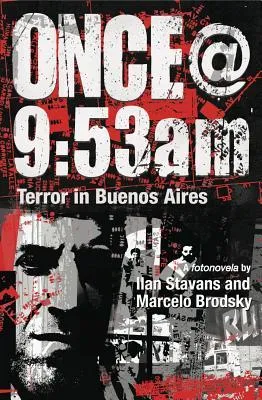
Once@9:53am by Ilan Stavans and Marcelo Brodsky
I first encountered this graphic novel as an art exhibit at the Yiddish Book Center in Amherst, Massachusetts. Pages from the book with English text were on the walls, and they were selling the book in its original Spanish in the gift shop. A mix of fact and fiction, it’s a graphic novel made of photos instead of drawings, which I’ve never seen before or since. Once (Spanish for eleven) is a historically Jewish neighborhood in Buenos Aires, and its community center was bombed in 1994. This novel combines the real historical aftermath with an imagined set of circumstances that may have led to the bombing and was quite controversial when originally published in Argentina. Now the book is available in English as well. The process of creating the book is really interesting to me because of how it was staged like film or theater but shot as stills, and yet graphic novels themselves function by a lot of the same rules as cinema. As a mixed Jewish Latina, I have a vested interest in keeping alive the memory of atrocities, but whatever your background, this book should make an impact in Spanish or English. —Sarah Hannah Gómez
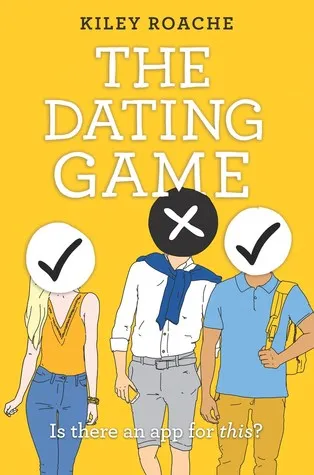
The Dating Game by Kiley Roache
The Dating Game, Kiley Roache explores the lives of three college entrepreneurs as they attempt to create something economically viable and socially beneficial. When Sara, Braden, and Roberto set out to develop a project that will get them a passing grade in a notoriously difficult college class, they never imagine they will create one of the fastest-growing dating apps around. Perfect10 aims to rate participants into exclusive categories based on desirability metrics. The concept of the app is relatively straightforward and poses a clear moral dilemma from the start. As society begins to give everyone the right and freedom to rate and review people, through apps like Uber, Postmates, or Airbnb, the next step extends to rating personal relationships. Sara wants to get into a male-dominated coding field, Roberto wants to use coding to support his family and help get his mother back to the states after deportation, and Braden wants to gain his father’s approval by developing or at least managing an extraordinary app. The personal relationships that develop amongst the trio also exacerbate the problems of the app in delicious ways. This perfect storm of imperfect intentions develops into the bubbling pot that is Perfect10, where students across campus suffer as they check and recheck their scores. Kiley Roche appears to be the burgeoning queen of college contemporary novels. Kiley Roache has truly established herself with this stellar display of expectation, class, and personal relationships through technology in The Dating Game. —R. Nassor
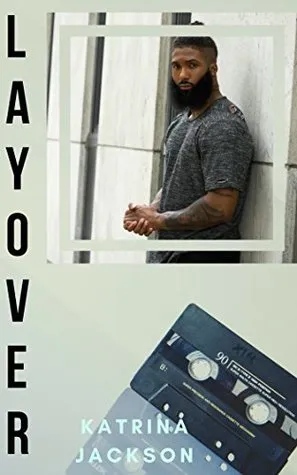
Layover by Katrina Jackson
This may be cheating since this is technically a novella. This was my first KJ book and I saw advertised while scrolling through Twitter one night and decided, “Why not?” Needless to say, this book hooked me and I was sucked into Lena and Tony’s world. Thank goodness I was on vacation, since I could stay up until I couldn’t keep my eyes open anymore and was able to take the time to finish the next day. This is a short, sweet story about a travel blogger and a podcaster who have been talking and flirting for months. When they finally meet, their day together is full of sight-seeing and facing some hard truths about their past. I was going through a lot emotionally at the time, and it was just the catharsis that I needed to help release for a bit. I would highly recommend this story since it’s beyond amazing. —PN Hinton
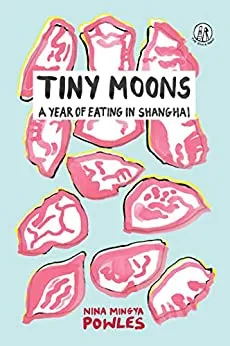
Tiny Moons: A Year of Eating in Shanghai by Nina Mingya Powles
This delightful collection of food-centered essays follows a year the author spent living in Shanghai while taking an intensive Mandarin course. Born in New Zealand to a mother of mixed Malaysian and Chinese descent, Nina explores and deepens her relationship to this part of her heritage through the language, the food, and the city. This book is bursting with mouthwatering descriptions of pan-fried dumplings, spring onion oil noodles, and sesame pancakes, interwoven with thought-provoking meditations on travel, solitude, memory, and hunger. At under 100 pages, this small-press gem is perfect for devouring in one sitting. —Emily Polson
![from unincorporated territory [hacha] by Craig Santos Perez](https://s2982.pcdn.co/wp-content/uploads/2020/12/from-unincorporated-territory-hacha-by-Craig-Santos-Perez.jpg.webp)
from unincorporated territory [hacha] by Craig Santos Perez
This collection by American Book Award–winning poet, scholar, and activist Craig Santos Perez is fascinating! It’s formally experimental, but in a way that somehow manages to be accessible. Aesthetically, the poems in this collection are unconventional, sometimes appearing as maps made of words and other times playing with typography. Perez’s poetic play functions as a literary decolonization of Guåhan (often referred to as Guam), grappling with issues ranging from militarization to the environment. Guåhan is an unincorporated territory of the United States (hence the collection’s title) and Chamorus, the island’s Indigenous peoples, live under ongoing settler colonization. While the book is an important volume in the growing body of work by Chamoru and, more broadly, Indigenous Pacific voices, it’s not exclusionary. For non-Chamoru readers, the collection offers both a unique aesthetic experience and also an educational one. It’s an invitation to learn and to participate in positive change. from unincorporated territory [hacha] is a challenging book, but one that rewards readers for their efforts. It’s a thought-provoking and satisfying collection—and for anyone who wants more, Perez has three other collections in the from unincorporated territory series, plus a new collection out this year that moves in a new direction. —Anne Mai Yee Jansen
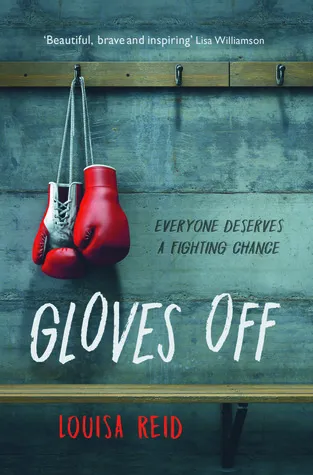
Gloves Off by Louisa Reid
This novel in verse follows the story of Lily, a teenage girl facing horrific bullying at school for being fat. Lily turns to boxing as an outlet for her feelings, and, alongside this new talent, discovers community, friendship, and first love. The poetic style brings home the terror and despair of being a bully’s target so effectively that Gloves Off can often be a tough read, but the positive is drawn just as vividly as the negative. One stand-out aspect of the book is that there’s no weight-loss narrative—Lily learns to enjoy what she can do with the body she has, something refreshing in books with fat protagonists. While Gloves Off is a quick book to read, it’s one that will stay with readers long after Lily has stepped out of the ring. —Alice Nuttall
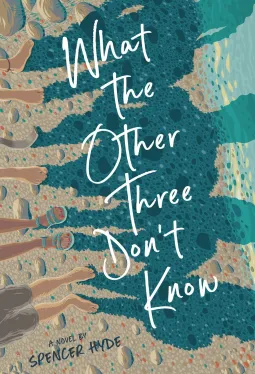
What the Other Three Don’t Know by Spencer Hyde
I loved this book for its authentic portrayal of obsessive-compulsive disorder. As someone who has the disorder, that meant a lot for me to read, and I think it would be cathartic for others, too. This novel follows Indie, a high school senior who embarks on the same river-rafting trail that killed her mother. Through the support of three other teenagers, each with their own burdens that led them to the trail, she faces her grief and existential questions head-on to finally come to terms with her mother’s accident. —CJ Connor
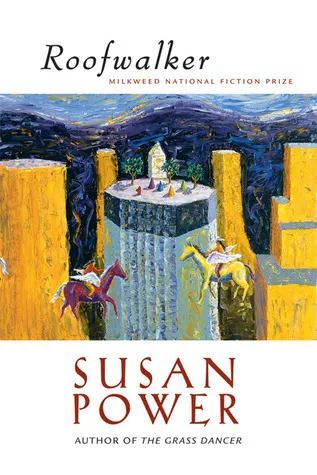
Roofwalker by Susan Power
Roofwalker collects seven short stories and five histories—nonfiction essays—by Susan Power, all circling Chicago. The short stories explore how Native Americans have adapted to Anglo-European America, both in the past and the present. In the title piece, a mythic roofwalker eats dreams. In another story, a man finds a talking saint statue in a thrift store. The histories shed light on where Power as a writer comes from. In “Museum Indian,” she explores how it feels to have her family’s history taken and put on display without permission. It made me think more deeply about my own museum experiences. Mostly, she explores how her mother gave her a voice to tell stories, and how her father circled their lives and gave her a different kind of ancestry. These pieces are lovely and memorable. —Margaret Kingsbury
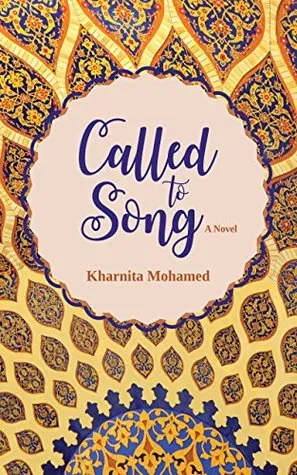
Called to Song by Kharnita Mohamed
Called to Song tackles issues in the South African Muslim community that people are uncomfortably aware of and would like to pretend away or sweep under the carpet. It’s a novel that I wish I would’ve come across earlier, though I have a feeling I wouldn’t have picked it up because of how uncomfortable it would have made teenager-me to read. Racism, sexism, domestic violence…Mohamed shies away from none of it in this story which is, at its heart, all about a woman choosing to take back her agency and put in the work needed to let herself heal. —Neymat Raboobee
How many books did you recognize? If it’s more than two, you definitely get bragging rights! I hope this post has encouraged you to step out of your bookish comfort zone and try some books that you haven’t heard of before!
Can’t get enough little-known gems? Check out previous editions of The Best Books You’ve Never Hear Of!











